Welding Added as a Career Pathway at GCHS
Students in the welding pathway often hear from guest speakers that share their knowledge of the field of welding with them. Students will soon begin working in the welding lab once construction is complete.
November 21, 2019
The opening of Great Crossing High School offered students the chance to take new electives through a variety of career pathways. These pathways are created to give students the opportunity to find possible careers that they could possibly go into after they graduate. It gives them a taste of the different types of work they can enter, along as some experience. One of these new pathways available to students is welding.
Many students have not had any previous experience with welding before enrolling in the program. However, students have embraced the course and found it to be interesting and enjoyable. According to the Advanced Career Institute, “The U.S. Bureau of Labor Statistics reports that the need for welders is expected to grow by 26 percent by 2020. This makes welding one of the fastest growing professions in America.” In addition, the starting pay for welders is higher than average, and they can receive good benefits from their work. All it takes is training.
Senior Phillip Duncan is a GCHS student enrolled in the new pathway. Welding had actually been on his list of alternates on his schedule request, so he didn’t expect to actually see it on his schedule when school started. Duncan added, “I had never welded before [this] class, and I didn’t have any prior knowledge of welding. However, I’ve grown to enjoy the class and look forward to going to it everyday.”
Jonas Maupin, senior, also hadn’t planned on taking the course originally. “My impression before I took the class was that it was another trade, and that there wasn’t that much to it,” he explained. “But now that I’m in the class, I’ve realized that it is much more important, and that it’s actually one of the most important trades out there.” Maupin compared it to being like glue to society. “It keeps everything held together nice and tight.”
While the students haven’t actually gotten to start welding yet since the workshop is still under construction, it still stands out from other courses. Duncan explained, “It’s nowhere near a textbook-type class. Mr. Messer has an interesting way of teaching. He tells us stories of him welding. It’s a hands-on class, so we do less paperwork, more VR (virtual reality) welding, hot gluing birdhouses, and even videos and demonstrations.” These daily occurrences makes the class more interesting, as it differs from regular core-classes.
Some students would consider it as a possible career path for their future. Maupin is one of these students. Even though he is currently set on engineering, he did mention that welding “is a backup plan.” Maupin added, “I have been to a technical college in Northern Ohio, the Hobart Institute of Welding Technology, and it looked pretty interesting, so now I’m looking a little more into it.” It is definitely providing students with more possibilities of careers in the future by giving them the chance to experience it in high school.
Senior Adam Peterson currently plans to pursue welding as a career. When school started this year, he hadn’t decided what his career would be, but the welding pathway has helped him figure it. He wishes that he could’ve taken this class earlier in high school, because “The freshman now have the chance to take all four years of it, and by the time they get out of high school, they can go straight into welding school and get all of these certifications.”
Wylie Messer, the welding instructor at Great Crossing, is an experienced welder. “I was a professional welder for nearly 15 years. Most recently, I worked in the Millwright portion of the industry building overhead cranes for large manufacturing companies across the continent, from South America to Northern Canada.”
Now Messer is focused on sharing his welding knowledge and experience with his students. “Here at GCHS we focus on industry certifications, more specifically the 3G and 4G certifications in multiple welding processes through the Kentucky Department of Transportation.” These certifications will give students taking the course to get employed right out of high school, along with the possibility of earning $31,000-$150,000 a year.
There are other bonuses this new pathway provides besides a decent salary upon graduation. Messer highlighted several of them, “Students will become college or career ready, they can earn up to 10 possible dual college credit hours from BCTC, they gain in-demand career skills, it provides connections to real world skills, and offers hands on application of engineering skills.”

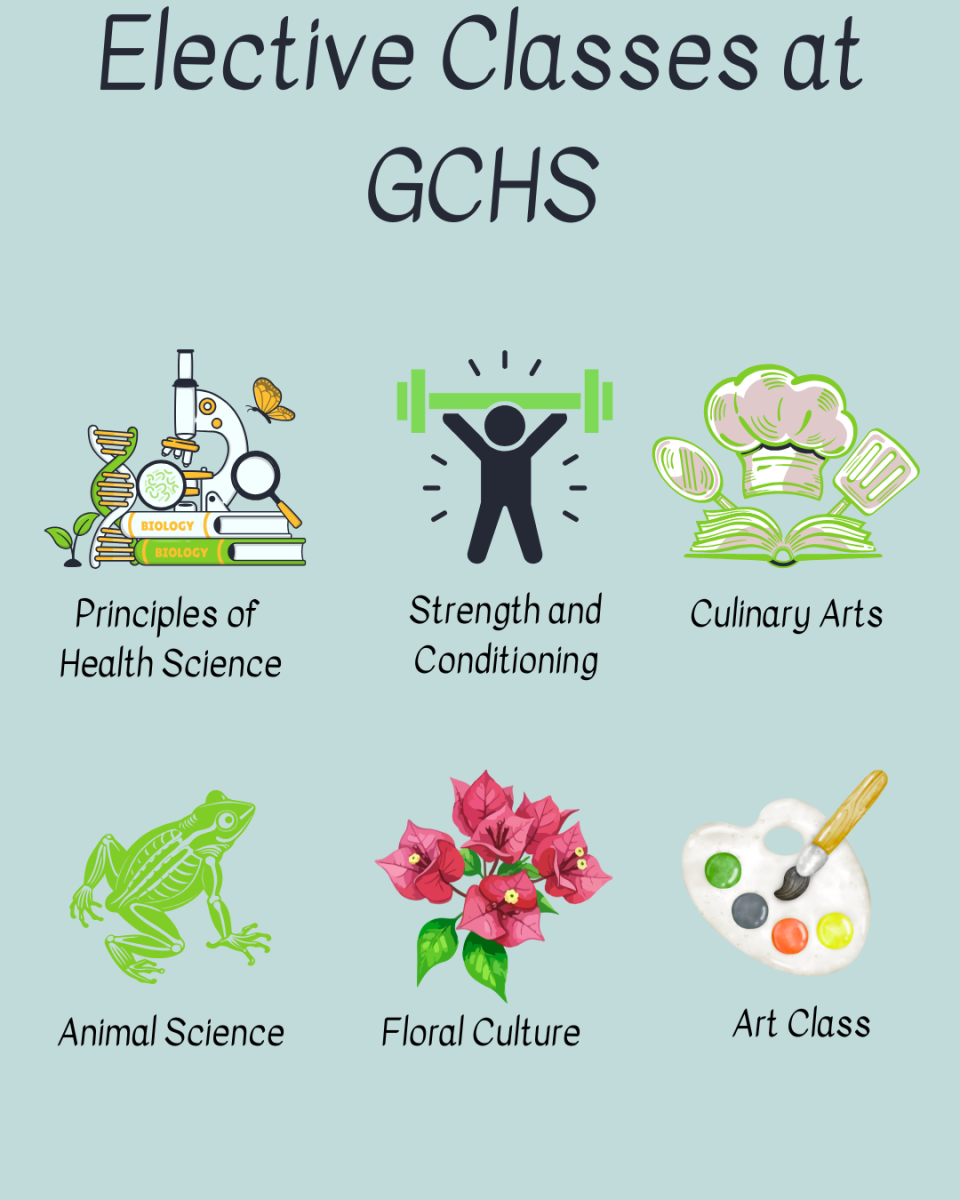


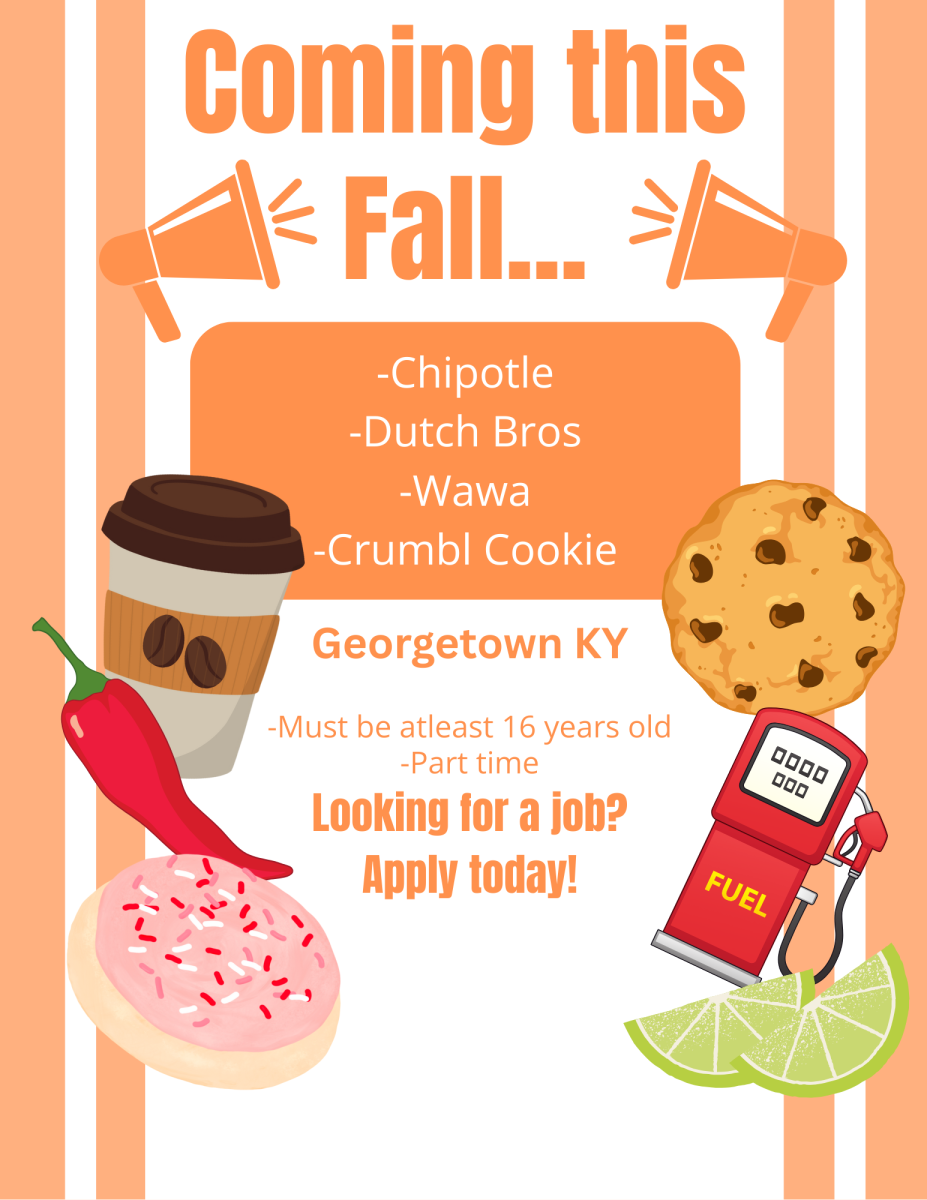







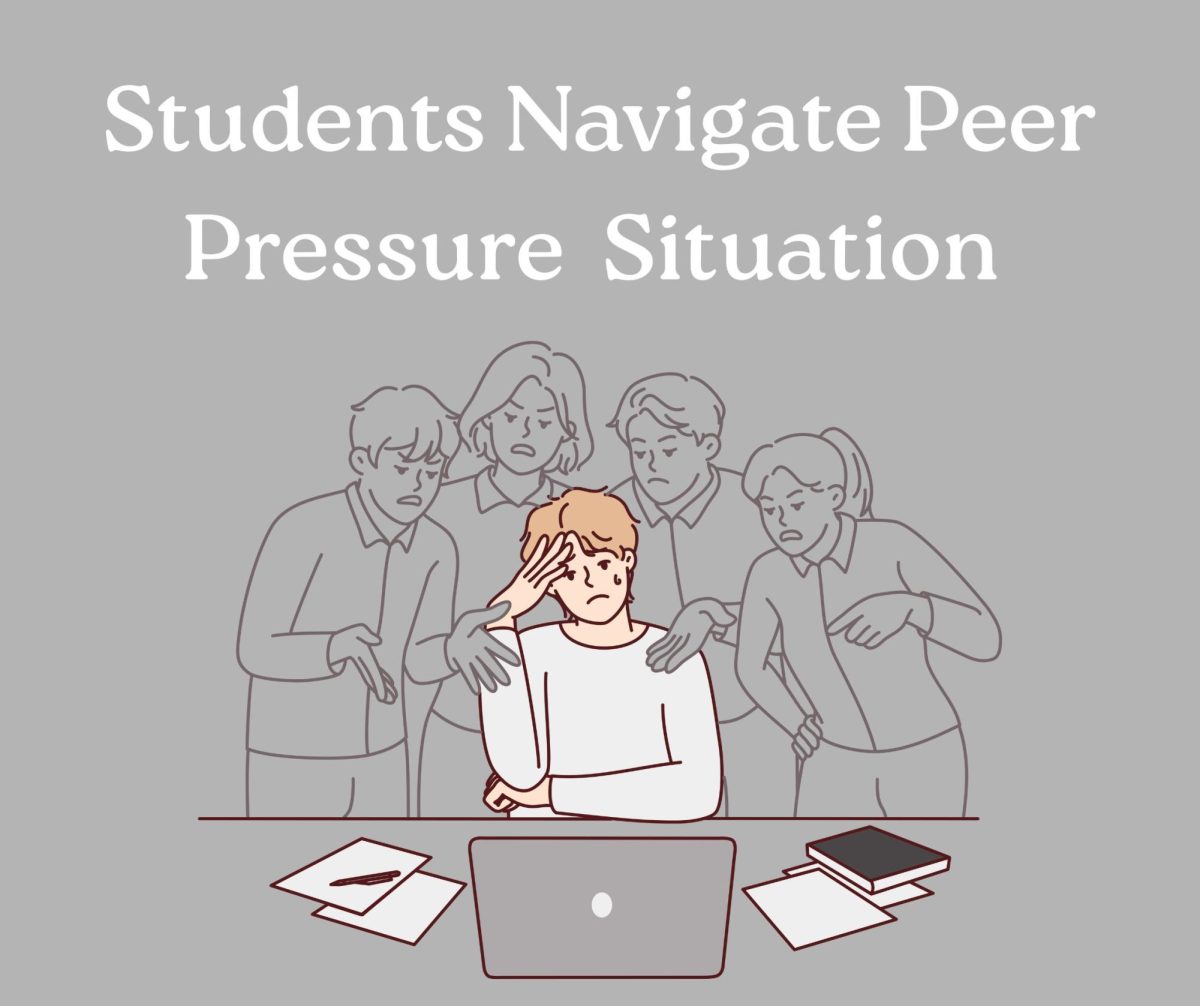



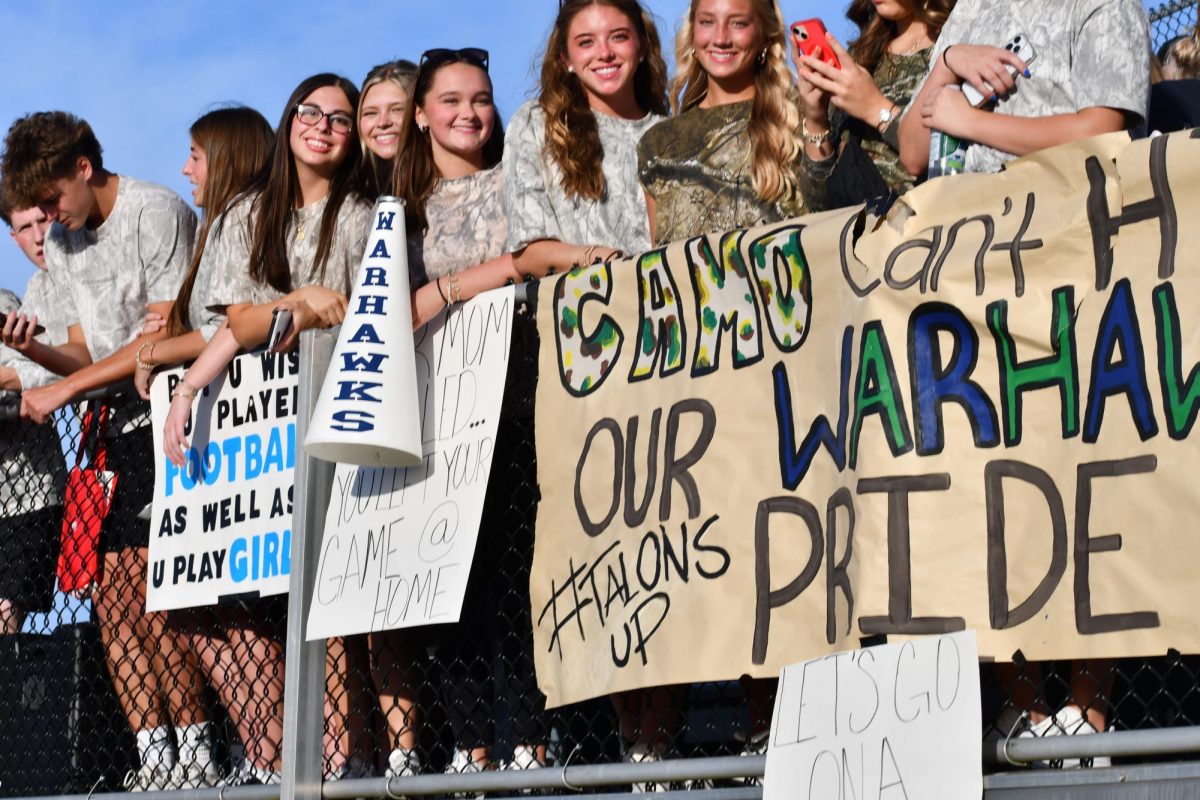
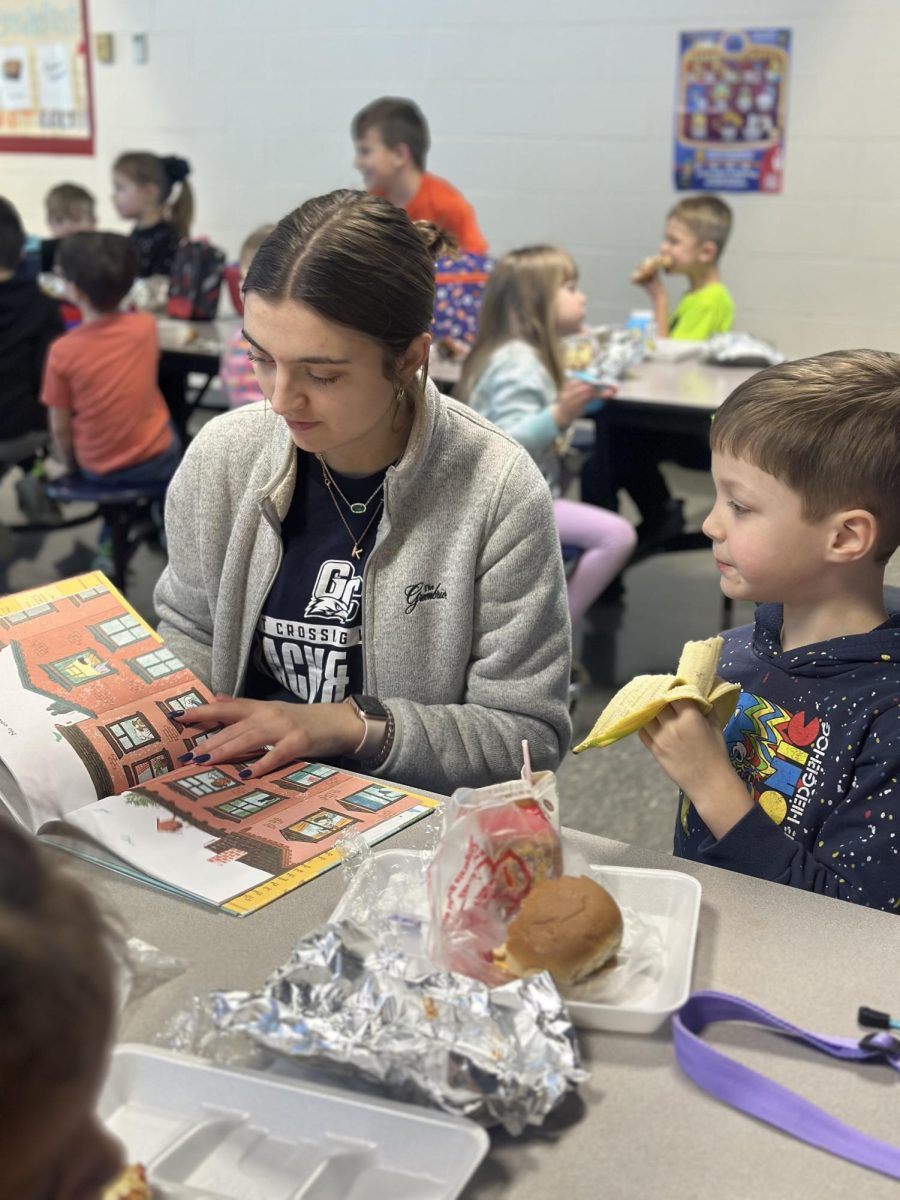
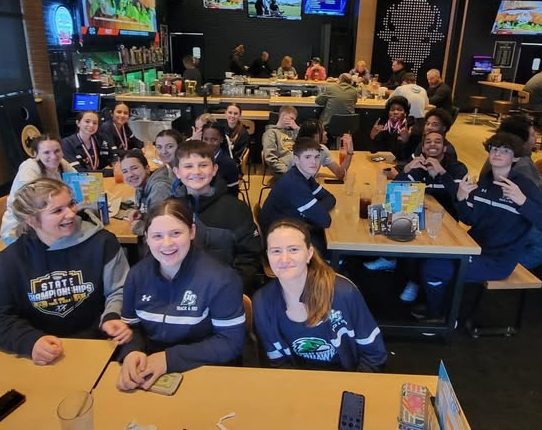

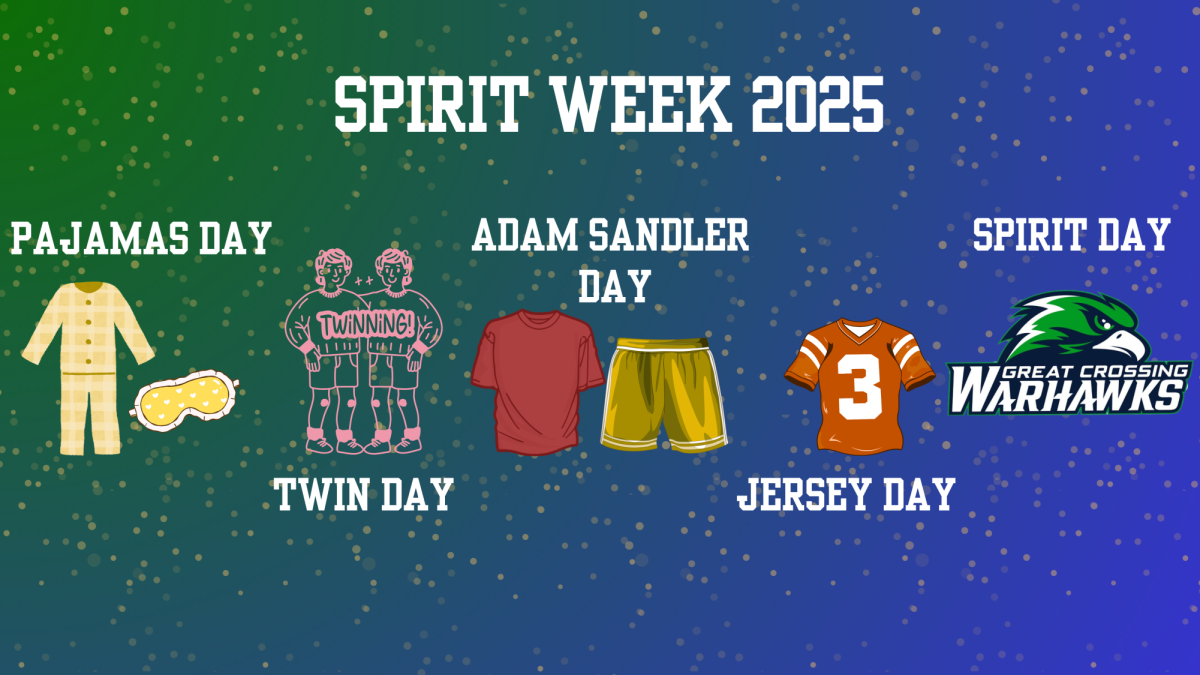



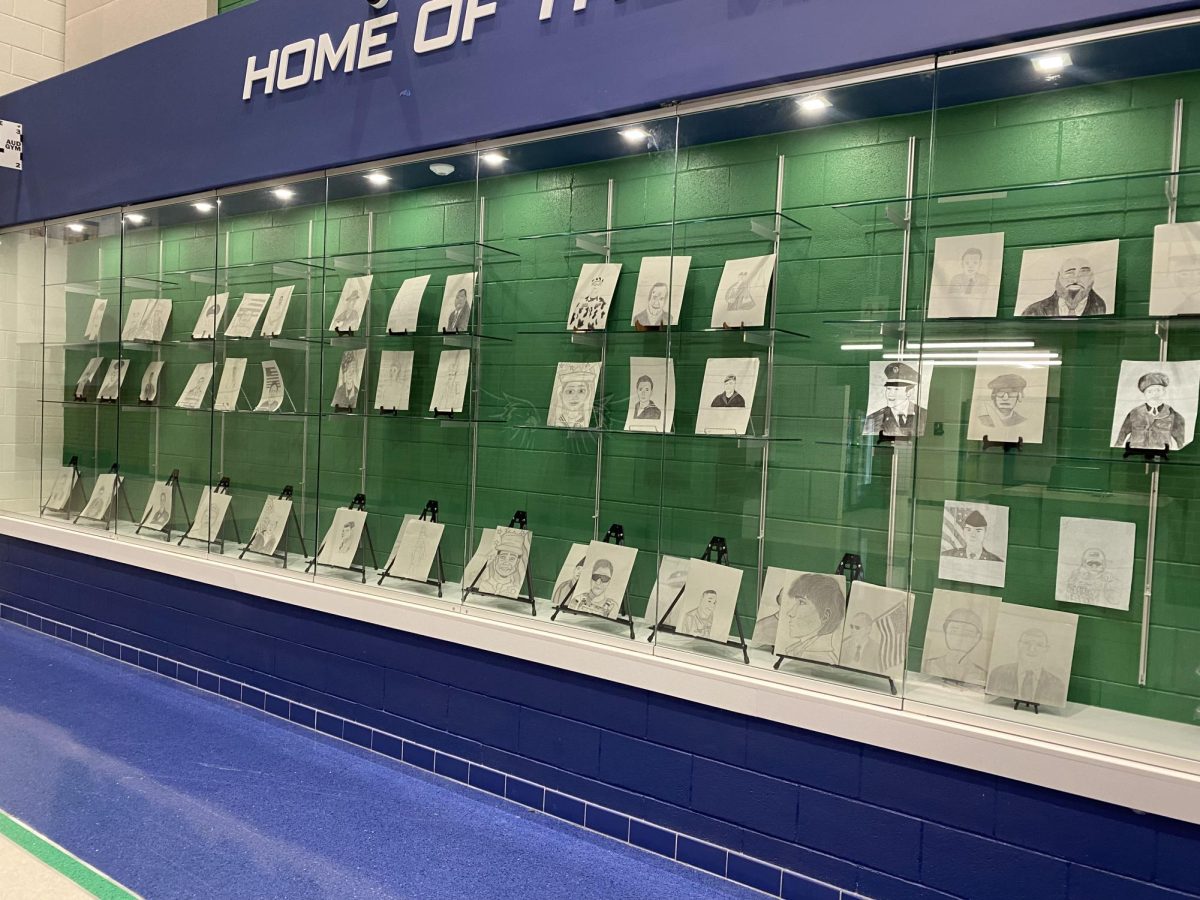





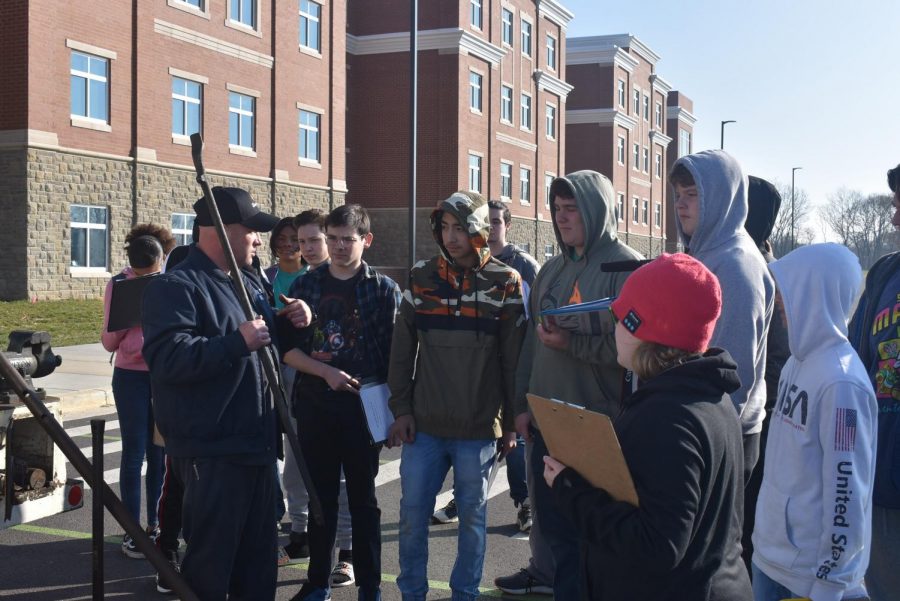




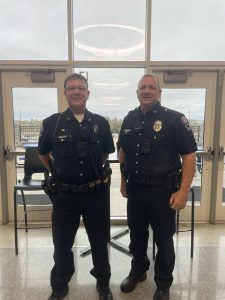

Tina King • Nov 21, 2019 at 10:31 pm
I am happy to see my grandson starting to learn a trade. This is important for his future as well as society’s future . People who know trades as well as people in other fields such as technology etc. It takes everyone to keep this world moving ahead.
Thank you
Tina King
I am a custodian here at GCHS. 3rd shift